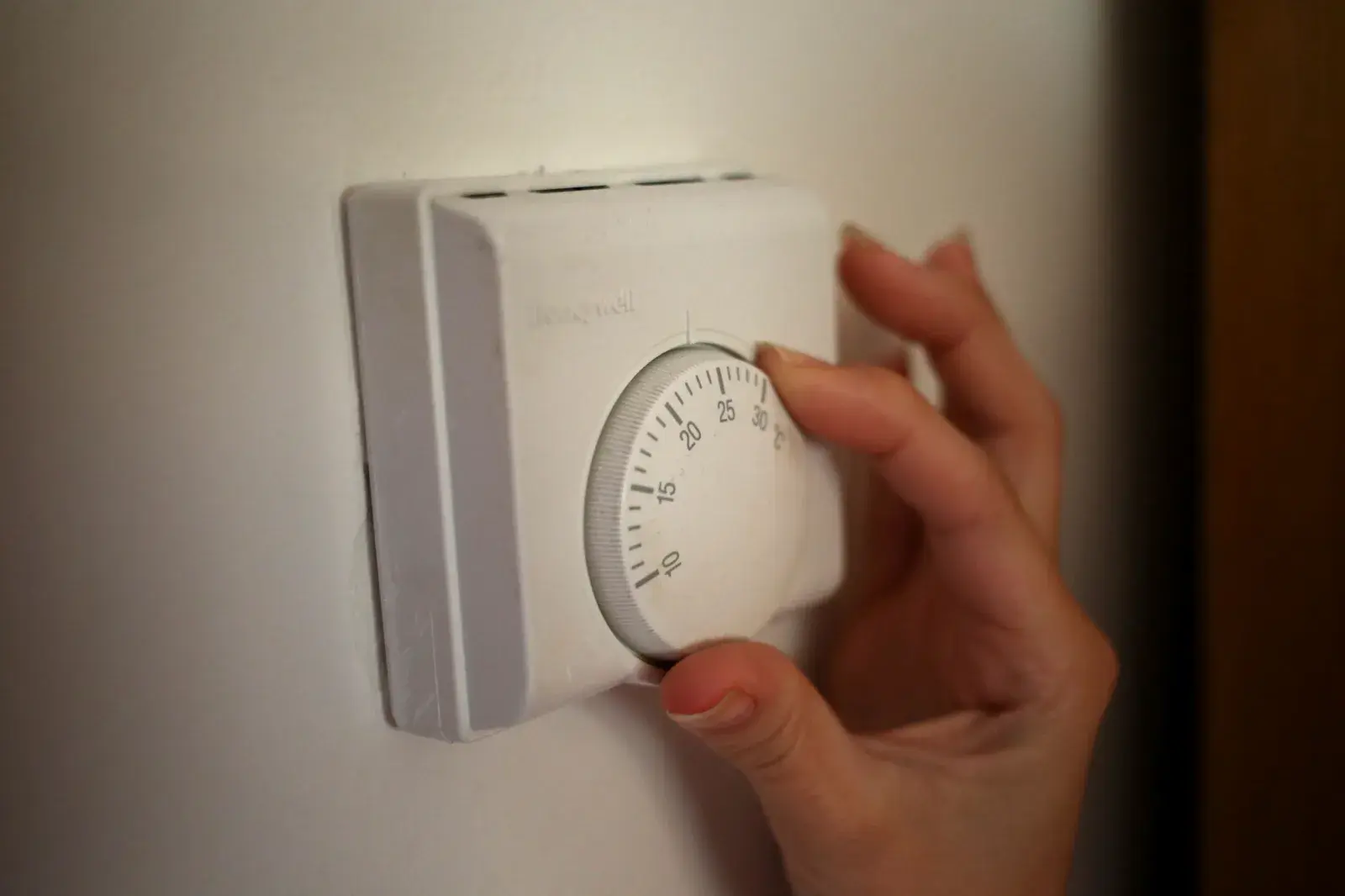Copyright newsweek

Keeping homes warm using electric heaters this winter could be more costly than usual, particularly compared with other types of heating like natural gas and oil, federal estimates show. The U.S. Energy Information Administration (EIA) said in forecasts released on October 15 that Americans using electricity to heat their homes may see costs rise by an average of 4 percent between November this year to March 2026. Why It Matters Electricity is widely used in America for heating homes, particularly in the South, with 43 percent of homes relying on it, although natural gas is more commonly used—at 46 percent, according to EIA data. Propane and heating oil are significantly less used, at only 5 and 3 percent, respectively. Many Americans are already concerned about the rising costs of health care next year, among other bills, so any additional increases in costs could place even more financial stress and strain on individuals and families across the country. File photo of a central-heating thermostat. What To Know The EIA predicted that, while electric heating could increase in cost by an average of 4 percent, the costs of natural gas, propane and heating oil will likely all be lower than prices last winter. For natural gas, the EIA predicted a 1 percent reduction in cost, for propane, a 9 percent reduction, and for heating oil, an 8 percent decrease. In different regions of the country, these estimates vary slightly. For electricity, in the Midwest and South, the increase is expected to be 4 percent, but in the Northeast and West, it is expected to be 3 percent. For natural gas, the regional changes are more pronounced—while the average is a 1 percent reduction, the South could see a 5 percent reduction while the Midwest could see a 2 percent increase. For propane, again while the average is a 9 percent reduction in cost, there are regional variations. The Midwest is expected to see an 8 percent decrease, while the Northeast is expected to see an 11 percent drop. These forecasts are all based on the EIA’s prediction that this year’s winter will be slightly milder than the last across the country, especially in the Northeast. The cost change estimates vary depending on whether the winter will be 10 percent colder, or 10 percent warmer than the EIA’s base case. If this winter is 10 percent colder than the EIA’s base case, cost increases for electricity could jump as high as 9 percent in the Midwest, with an 8 percent average increase across the country. If it is instead 10 percent warmer than predicted this winter, there may be no change in cost for multiple regions, and only an average increase of 1 percent. The weather can have a notable impact on heating expenses in a number of ways—not only because colder temperatures will raise the amount of energy needed to warm a home, but also because colder weather increases the demand for electricity, which can cause prices to go up too. Although the EIA noted that it thought “winter temperatures and therefore residential energy consumption will broadly be similar to last winter, so much of the change in expected expenditures is driven by energy prices.” What Happens Next If this winter matches the EIA’s base case estimate of it being slightly milder than last year, then many homes across the country will likely see a slight uptick in costs if they use electricity for heating.



